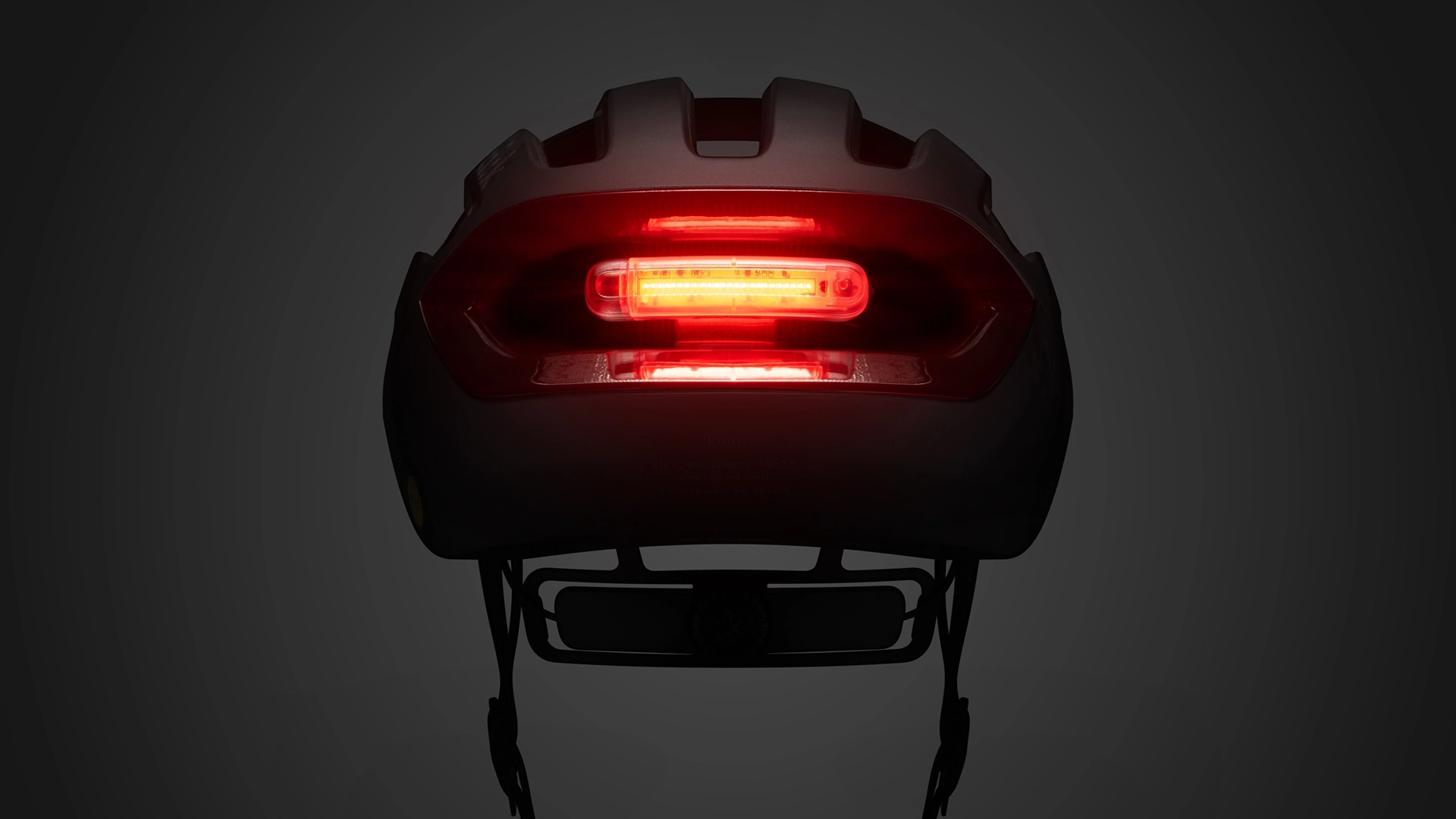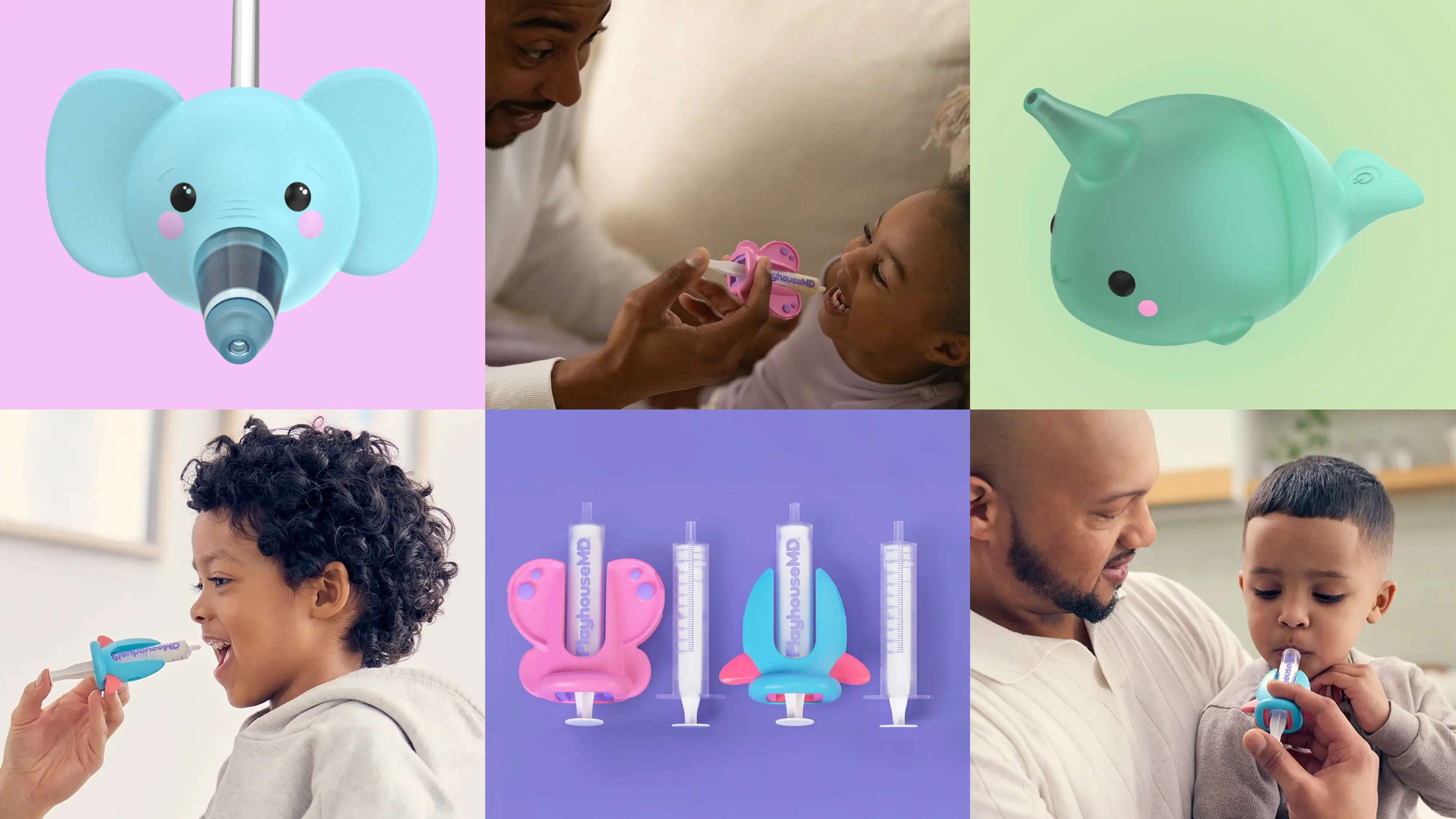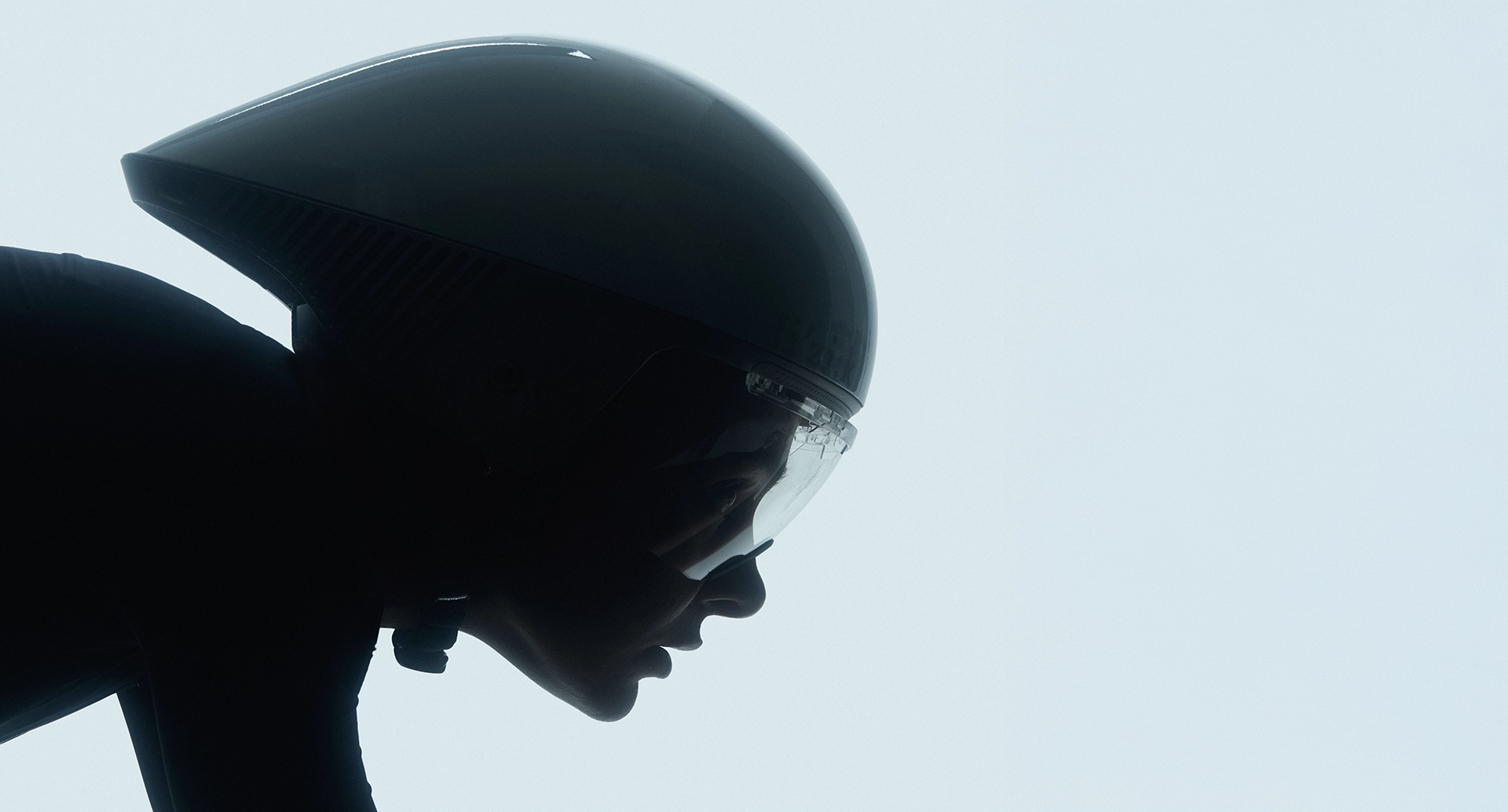

Making headroom in a new product category
Renowned cycling brand Fizik expands its offerings with a line of helmets.
Founded in 1996, the acclaimed Italian manufacturer Fizik is on a mission “to make the most sophisticated, inspiring, and beautiful gear for the world’s most discerning cyclists.” Fizik’s quest for aesthetic perfection and uncompromising performance began with a range of bicycle seats, most notably its popular Arione racing saddle, which IDEO helped design in the early aughts. Since then, its product lines have expanded to include cycling shoes, handlebar tape, and other components for the road, off-road, and triathlon markets. In 2021, when Fizik wanted to make a strong entrance into another new category—helmets—the brand reengaged IDEO. The challenge: Develop a distinct design language to help its premier headgear line break away from the competition.
4
new helmet designs
1
new product category
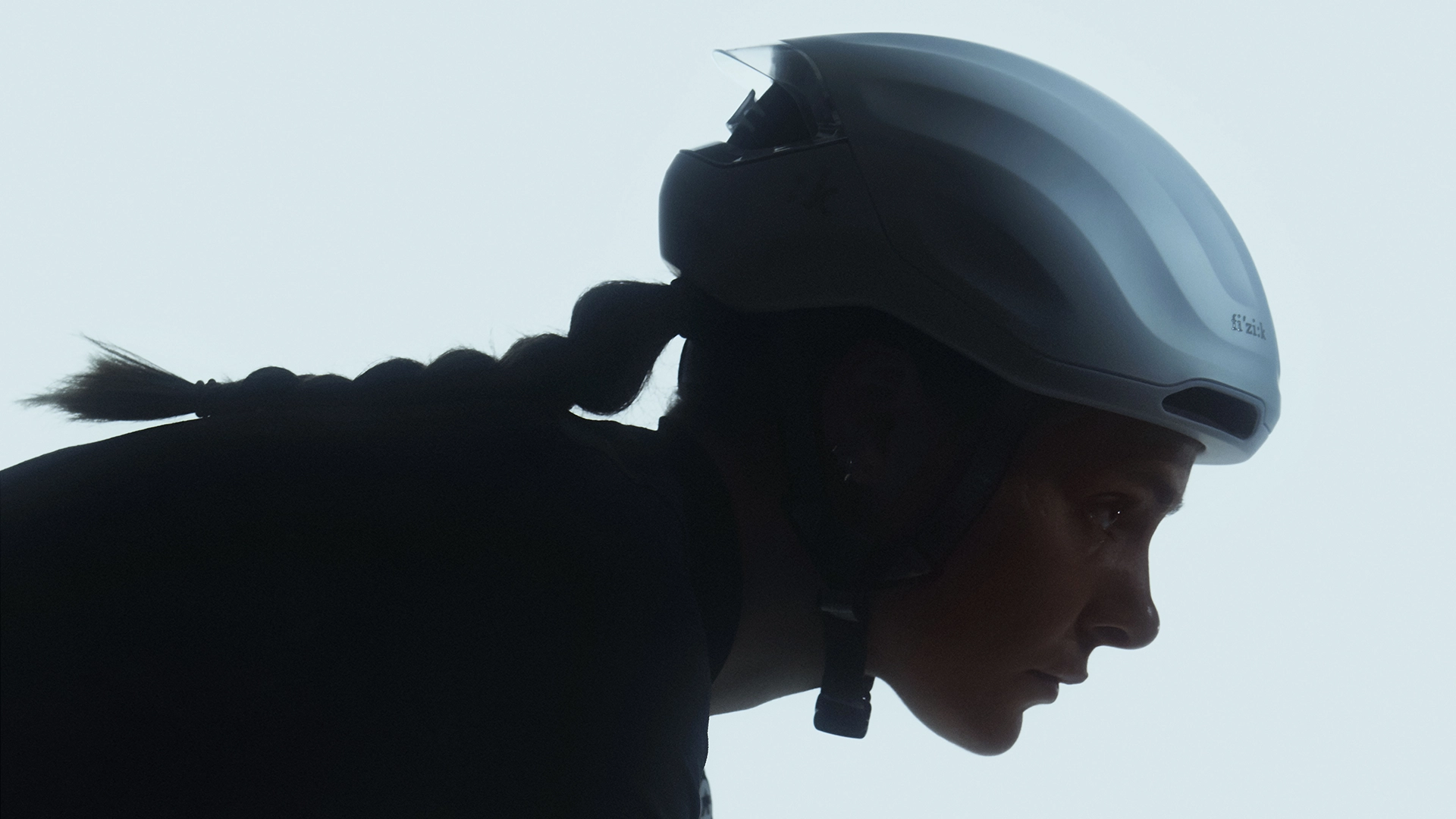
Legendary cycling company Fizik was known for its high-performance bike seats and shoes, but wanted to be a fierce entrant in a challenging product category—helmets.
Fizik came to IDEO with the aim of entering the helmet market with a range of high-end performance options fit for road racing, mountain biking, time trials/triathlons, and everyday cycling. Fizik planned to use its world-class production and engineering capabilities (the company is part of the Selle Royal Group, which has over 1,400 employees and manages five other cycling brands, including Crankbrothers and Brooks England). IDEO’s task was to develop an on-brand design language that would unify its new helmet line and integrate seamlessly with the sleek, modern aesthetics of the company’s other products.

The design sprint began with in-context interviews with avid and professional cyclists to learn what they wanted—and didn’t—in a helmet. Unlike other accessories, such as shoes or shorts, riders viewed helmets as a necessity rather than an exciting or aspirational purchase. They also wanted a helmet that complemented their overall style, rather than standing out, and had a flattering silhouette. Avoiding making a cyclist look like a “mushroom” was key.
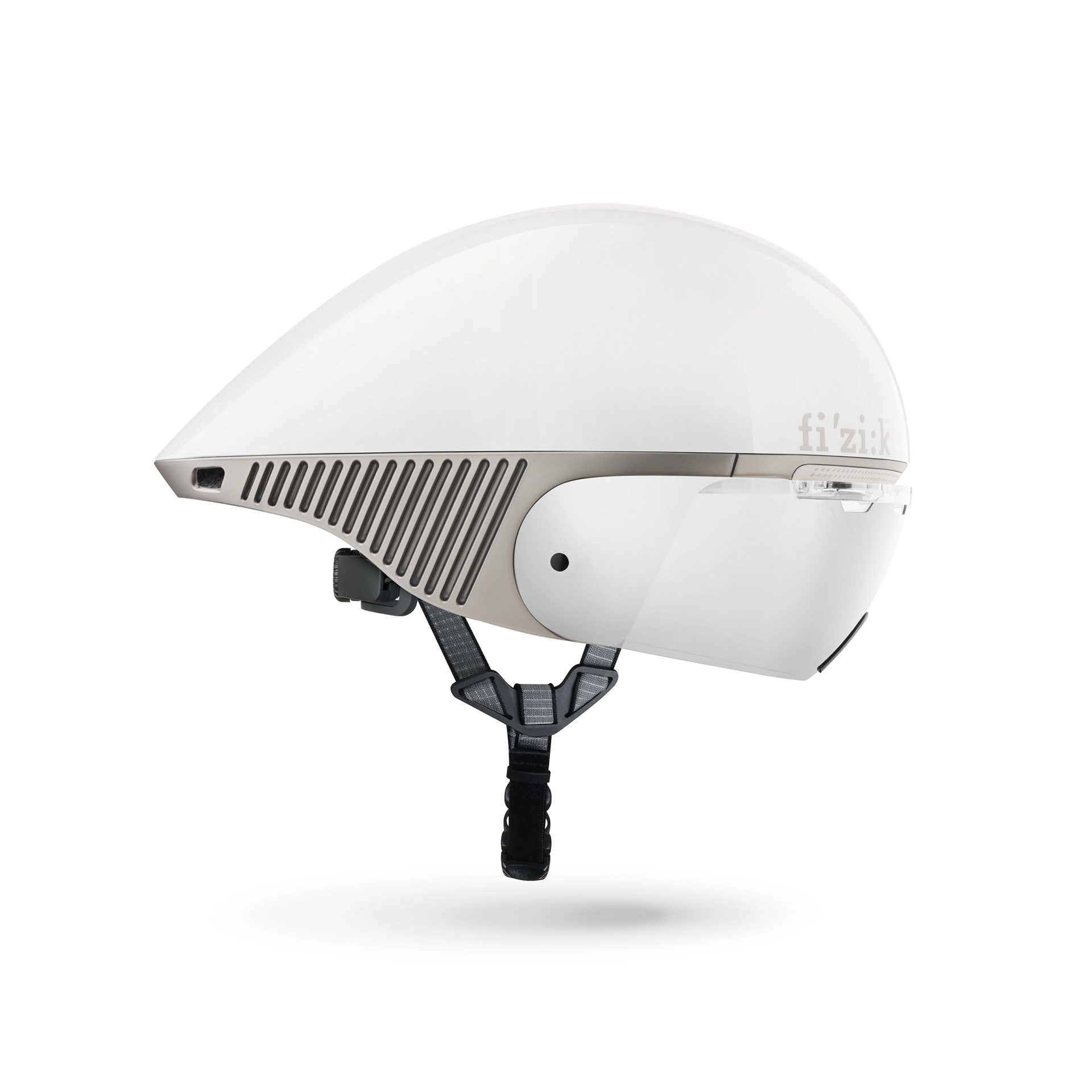
Different cycling styles involve varying riding postures, ranging from a dropped and horizontal position (time trial/triathlete) to an upright and vertical position (mountain biking). IDEO proposed a family of helmet designs that correspond accordingly. On the horizontal extreme, the time trial/triathlete helmet has the most fluid, organic, aerodynamic shape. A statement of refined simplicity and speed, it features minimal venting and a magnetic wrap-around visor to reduce drag that can be exchanged for the rider’s own cycling glasses.
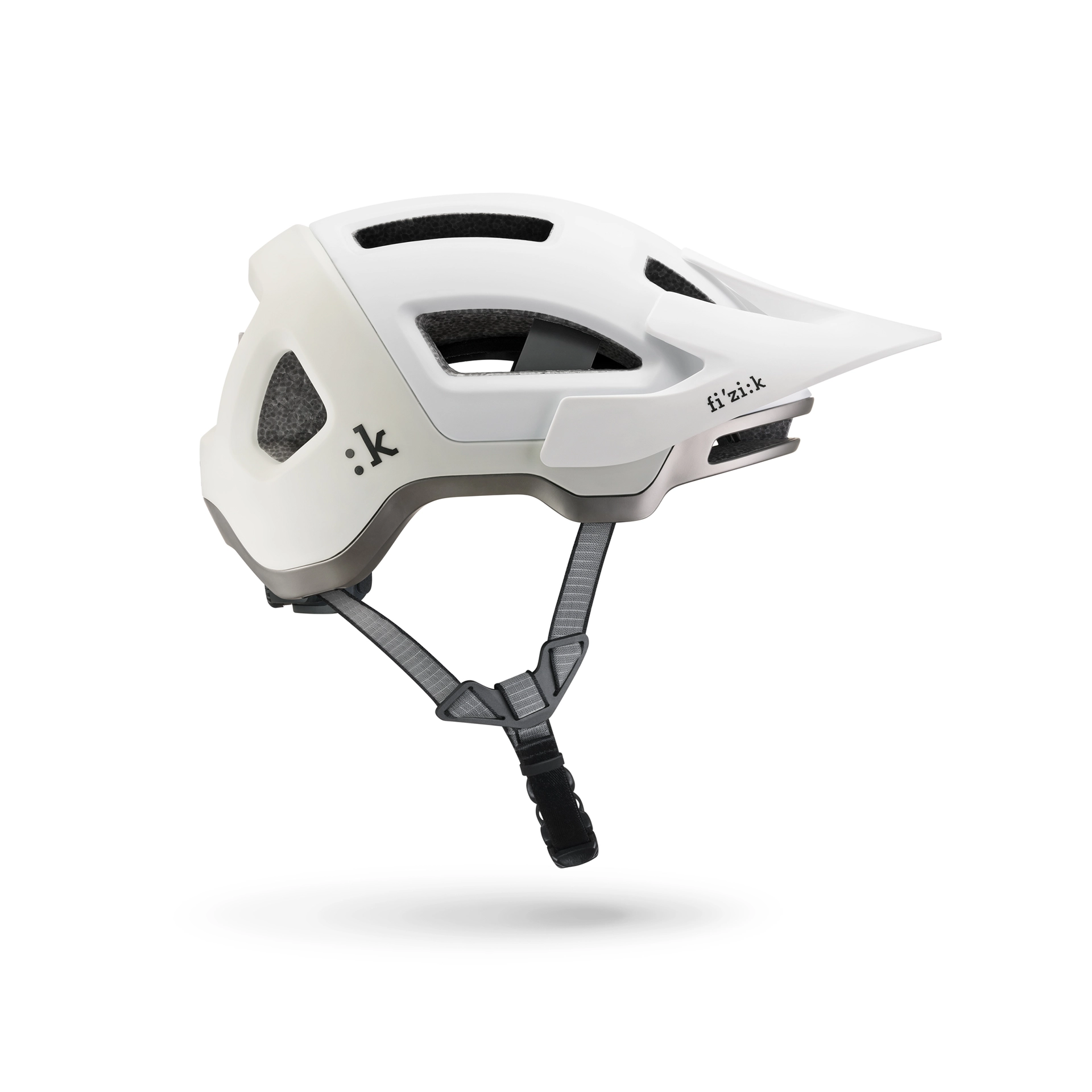
On the vertical extreme, the mountain biking helmet features a more rugged, angular form with an adjustable brim, rectangular venting, and boxier, back-of-the-head protection. It also offers affordances for goggles, sunglass storage, a GoPro mount, and an optional integrated rear light.
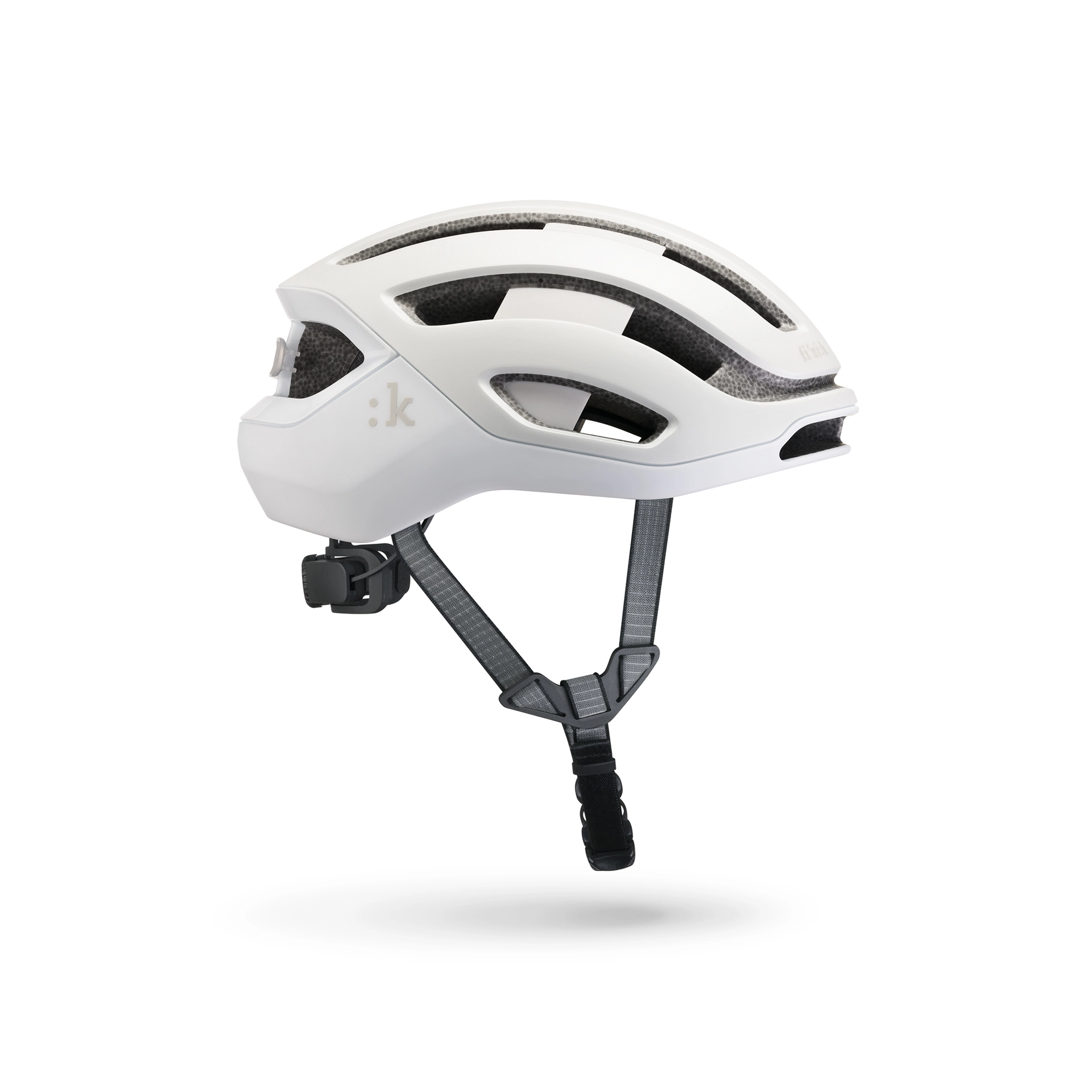
In between, a compact helmet for road racing features evolutionary variations on these design extremes, with more venting as well as a front glasses holder and integrated rear light. All four helmets strike a balance between lightness, comfort, safety, and performance, embodying Fizik’s signature modern style.
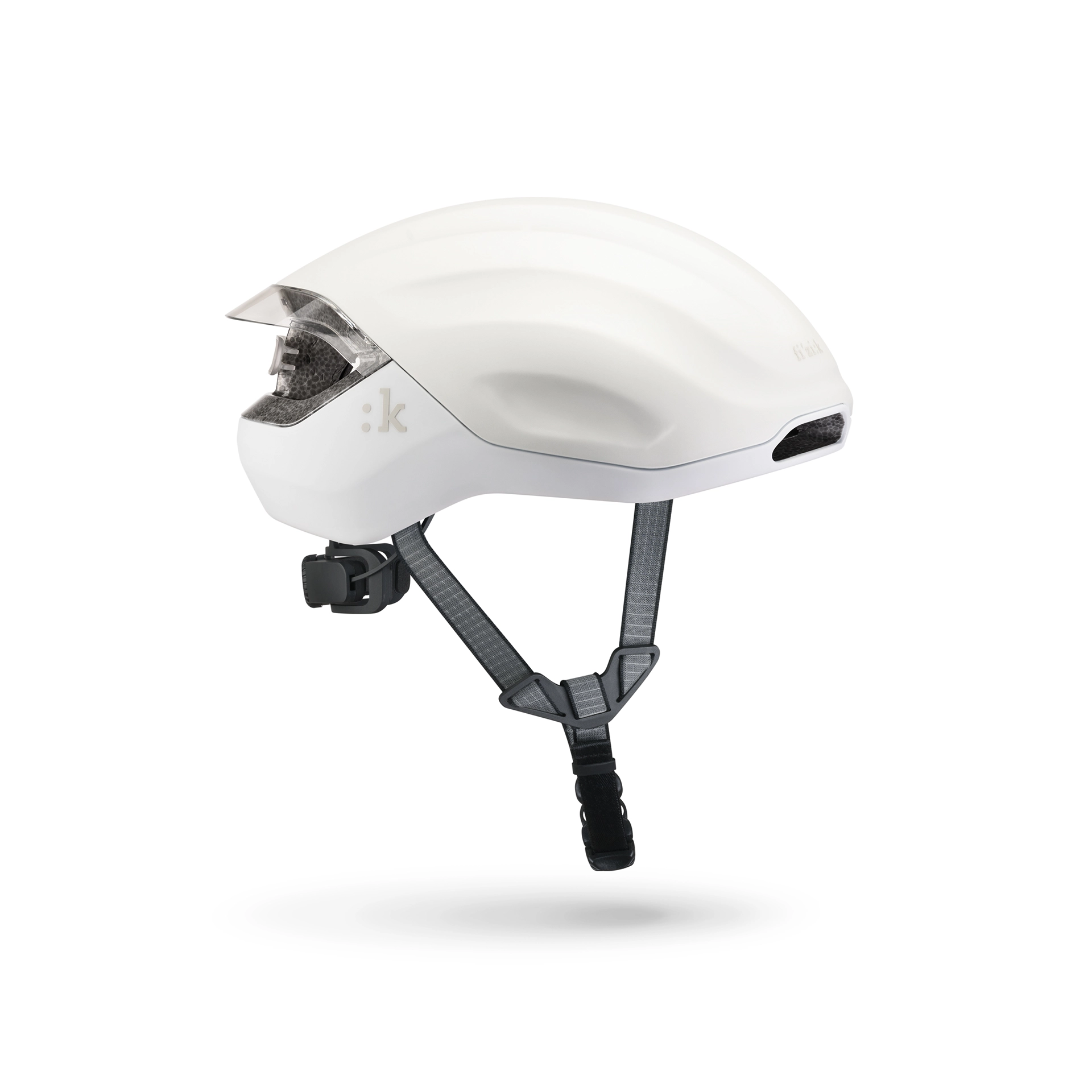
In April 2025, Fizik launched all four helmet models simultaneously: Kassis (mountain biking), Kunee (trial/triathlon), Kudo, and the more aerodynamic Kudo Aero for road and gravel. The helmets were greeted with critical acclaim from the cycling world, while Virginia Tech’s independent helmet-safety research lab gave them five-star performance ratings for their strength and durability.
Fizik came to IDEO with the aim of entering the helmet market with a range of high-end performance options fit for road racing, mountain biking, time trials/triathlons, and everyday cycling. Fizik planned to use its world-class production and engineering capabilities (the company is part of the Selle Royal Group, which has over 1,400 employees and manages five other cycling brands, including Crankbrothers and Brooks England). IDEO’s task was to develop an on-brand design language that would unify its new helmet line and integrate seamlessly with the sleek, modern aesthetics of the company’s other products.

The design sprint began with in-context interviews with avid and professional cyclists to learn what they wanted—and didn’t—in a helmet. Unlike other accessories, such as shoes or shorts, riders viewed helmets as a necessity rather than an exciting or aspirational purchase. They also wanted a helmet that complemented their overall style, rather than standing out, and had a flattering silhouette. Avoiding making a cyclist look like a “mushroom” was key.

Different cycling styles involve varying riding postures, ranging from a dropped and horizontal position (time trial/triathlete) to an upright and vertical position (mountain biking). IDEO proposed a family of helmet designs that correspond accordingly. On the horizontal extreme, the time trial/triathlete helmet has the most fluid, organic, aerodynamic shape. A statement of refined simplicity and speed, it features minimal venting and a magnetic wrap-around visor to reduce drag that can be exchanged for the rider’s own cycling glasses.

On the vertical extreme, the mountain biking helmet features a more rugged, angular form with an adjustable brim, rectangular venting, and boxier, back-of-the-head protection. It also offers affordances for goggles, sunglass storage, a GoPro mount, and an optional integrated rear light.

In between, a compact helmet for road racing features evolutionary variations on these design extremes, with more venting as well as a front glasses holder and integrated rear light. All four helmets strike a balance between lightness, comfort, safety, and performance, embodying Fizik’s signature modern style.

In April 2025, Fizik launched all four helmet models simultaneously: Kassis (mountain biking), Kunee (trial/triathlon), Kudo, and the more aerodynamic Kudo Aero for road and gravel. The helmets were greeted with critical acclaim from the cycling world, while Virginia Tech’s independent helmet-safety research lab gave them five-star performance ratings for their strength and durability.
